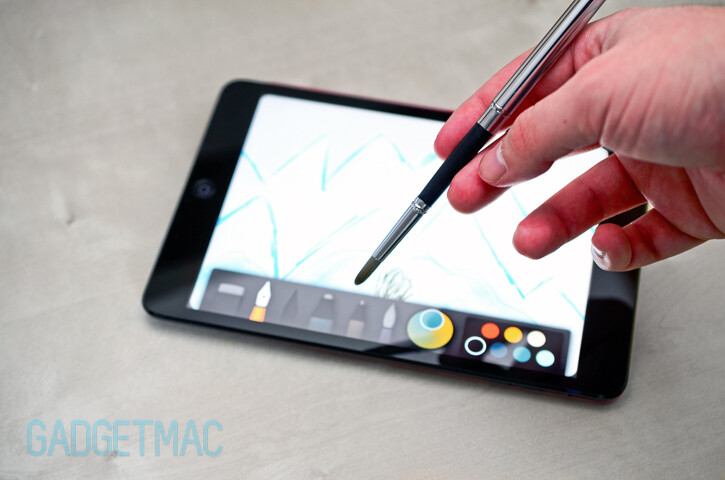After reading through the many wonderful stories in the “What got you into Tablet PCs?” thread, I was wracking my brain trying to think of my own. But it dawned on me that there was no initial epiphany for me—I just always thought of ‘computing’ as tablet use.
Even today, I can’t quite shake the feeling that keyboards bring you subtly apart from your work, while the pen, closer to it. Still perplexing is the modern concept of the “notebook” computer: is it not strange this means a laptop, instead of something you hold in the hand and write on?
The trajectory for this most expressive and ubiquitous medium has always seemed oddly stunted in tech. On the ex-forum, I remember sharing this video with excitement:
Finally! I thought, some long-overdue recognition of the tactile dimension of pen input, a recognition of the hand-eye connection in learning and ideation.
That was 10 years ago. Now the closest thing we have is the Surface Slim Pen haptic motor—so obscure that I wonder if even the devs in the initial demo remember putting it in.
What gets me is not the lack of hardware advancement per se, but the slow withering of any seeming impulse in the industry to innovate:
Does anyone remember the Sensu Brush?
A simple passive stylus, that made waves for its unique goal of bringing a soft bristle feel to the tablet experience. That came out before the era of the Apple Pencil.
Now as active-capacitive technology has matured, we don’t hear of any company trying to add extra dimensionality to the iPad digitizer. Where is the industry’s drive to go beyond and explore, all the passion that fuelled the initial iPad art rage?
We’ve long joked about the 30-year stagnation in Wacom EMR tech, but it’s evident that even the new entries from Huion and XP-Pen only seek to imitate. For better or worse, we are stuck in a pen input time capsule.
So I put it to you guys, is there room for meaningful advancement in pen tech?
If not, why do you think they digital pen never caught on, even when most people still used pad and paper in the 80-90s? And paradoxically, if the pen really is a relic, why has it proven so difficult to kill off even in 2023?




